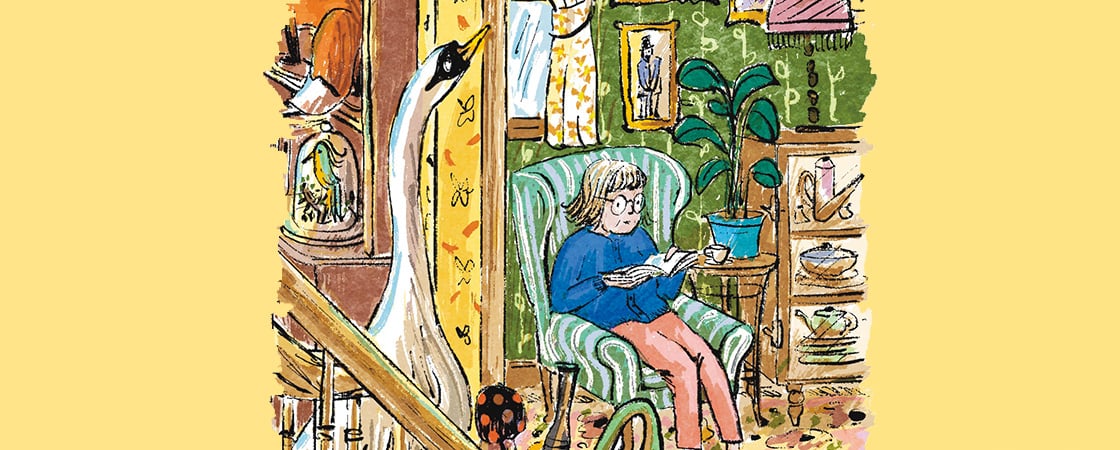My grandma’s house is a magical place
With trinkets and knickknacks in every space.
There’s an owl on the wall with beady eyes,
And a frog with a frozen look of surprise.
The fox in the cabinet is shiny and shy,
And the slender-necked swan stretches up to the sky.
On the stairs is a grand umbrella stand
Made by a giant in a faraway land.
The paintings hold secrets, never to be told,
Trapped inside frames of peeling gold.
The old brass bells are hard to ignore,
For they jangle and clang when you open the door.
And in her comfiest chair, my grandma sits,
The ruler of all of her trinkets and bits.

